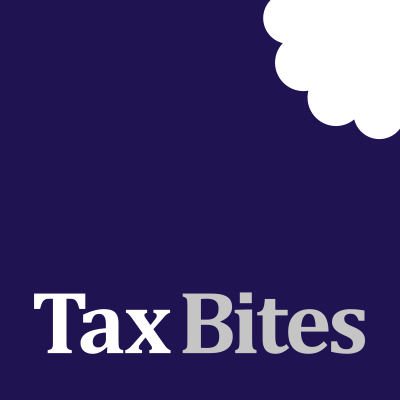
Change in tax basis periods for the self-employed
23rd July 2021
Posted in Articles by Andrew Marr
The issue
On 20 July 2021, the government announced a consultation (with draft legislation) for reforming the basis period system for the self-employed and partners.
Current system
Ignoring opening year rules, self-employed individuals and partners pay income tax and class 4 national insurance contributions on the profits for the accounting year which ends in the applicable tax year. For example, a sole trader will be assessed in 2020/21 for the accounting year to 30 April 2020 with the tax being due by 31 January 2022 (ignoring payments on account).
Proposed changes
Under the new proposals, for the 2023/24 tax year all sole traders and partners would be assessable on the tax year basis (ie the profits that arise between 6 April 2023 and 5 April 2024). It is proposed to accept that 31 March can be treated as 5 April for these purposes. Therefore businesses that draw accounts up to 31 March will have no change.
This change is linked to the proposed ‘making tax digital for income tax system’ which is proposed to start on 6 April 2023.
Transition to the new rules
It is proposed for 2022/23 to be the transition year so that all sole traders and partners will declare all profit up to 31 March / 5 April 2023 in 2022/23 and all overlap profit will be used. Therefore, a sole trader that draws up accounts to 30 April will be subject to tax in 2022/23 on the profits from 1 May 2021 to 5 April 2023 (less any overlap relief), making 23 months of profit taxable in one year.
Taxpayers could take advantage of the proposed spreading adjustment in cases where where 2022/23 taxable profit is larger with the transition than it would have been without the rule change. This adjustment will add 1/5th of the additional profit to assessable income for 2022/23 and the following 4 years.
Does the accounting date need to change?
The new rules do not impose any change on accounting dates. Therefore, if the sole trader wishes to keep the same accounting date then he or she will need to apportion any profit across tax years. For example, in the case of a 30 June year-end, his or her taxable income for 2023/24 will be 3/12 of the profit for YE 30 June 2023 and 9/12 of the profit for YE 30 June 2024.
Unless there is a fundamental reason for an accounting date (seasonal business, international partnerships) it is likely that most people will move to a 31 March year-end. This will be administratively less cumbersome. For example, businesses with accounting dates late in the year (for example 31 December), may not know their profit before returns need to be filed (here estimates can be used with amendments being made later).
Forbes Dawson view
For those who have a 31 March or 5 April year-end, there will be no change. For those with a year-end shortly after 6 April (say 30 April) then the tax charge in 2022/23 could be based on 23 months of income! This otherwise dramatic effect can be mitigated by the spreading adjustment. Perhaps the biggest impact for this will be for accounting firms who will now have to deal with a much greater number of 31 March year-ends. 31 March will usually be the way forward for sole traders and partners.



